5 Pain Points of Moving Data to the Cloud and Strategies for Success
Alation
JULY 13, 2021
The race to the cloud is on! Yet increasing complexity of data makes the old “lift-and-shift” model not just unrealistic, but risky. Businesses with complex data environments need a migration method that takes that complexity into account. They also need to plan for pain — and how to avoid it — to guarantee success.



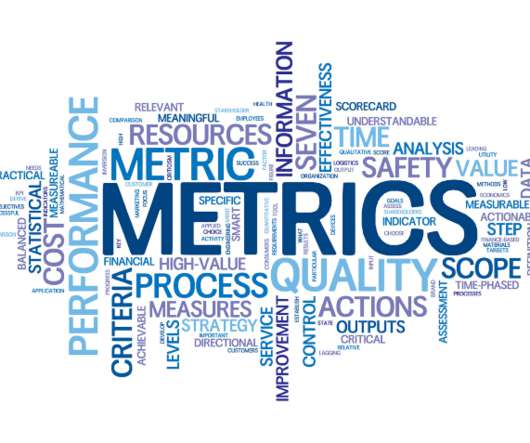

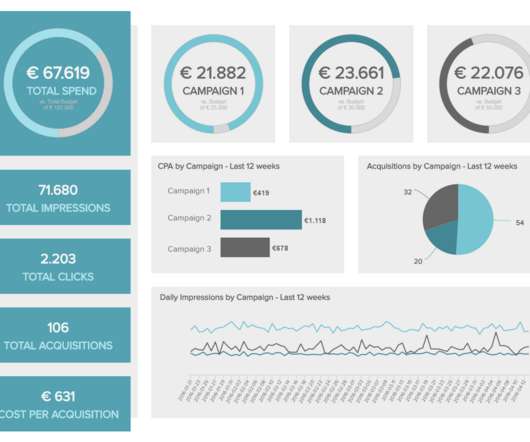
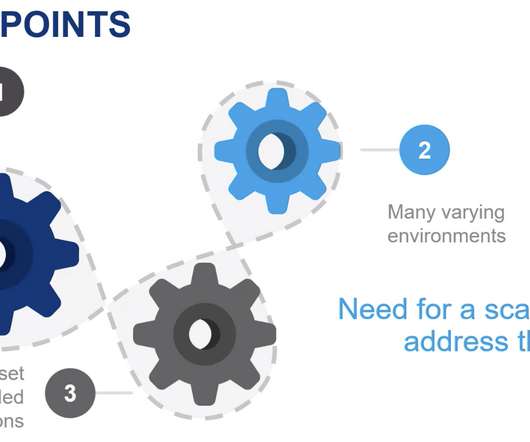


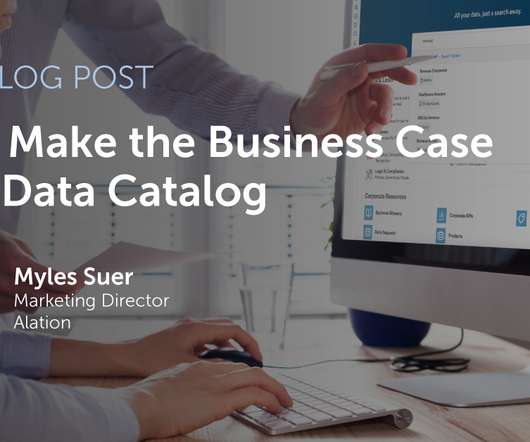

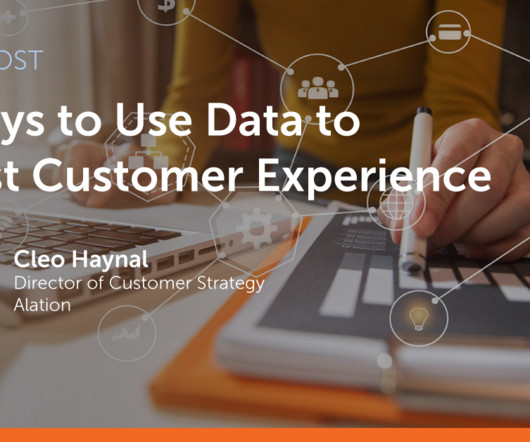












Let's personalize your content